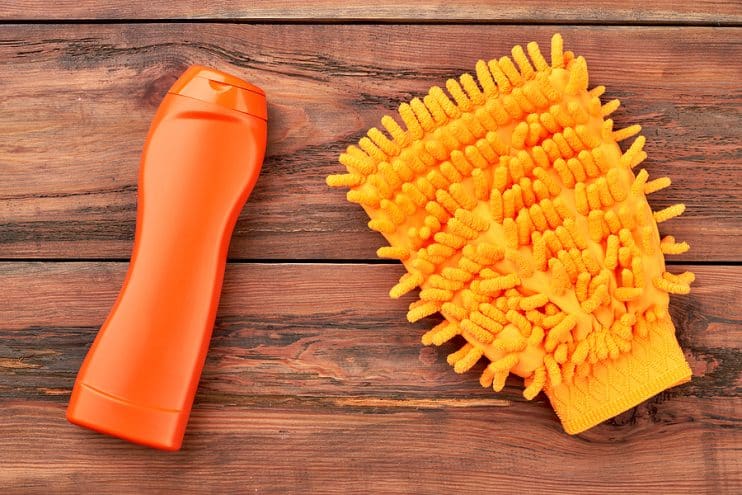
As the heat rises in the air and the harvest becomes full, sap is often extruded from the trees around your home and on the roads. Whilst parking under a tree is a great way to protect your vehicle from the heat, it may leave it prone to drops of sap landing on the paintwork. Although this won’t cause immediate damage, if left unattended it can dry like cement on your vehicle.
When you’re going through the sap removal process, be very slow, cautious and careful not to scratch or damage your paintwork. A car wash might do the job, but sometimes this won’t be enough if the sap has already gone hard. You need to act quickly for the best results, as if the sap drips on a hot day and you don’t notice, it can harden very quickly. Follow our useful guide for to get rid of the sticky mess completely…
Fresh Sap
If you notice fresh sap on your car you’re in luck, especially if it’s still gooey and fluid. You’ll want to move rapidly, as it will harden during the day and the sooner you deal with it, the easier it will be to remove. Gentle action with a sponge and warm soapy water should do the job. Remember that washing up liquid and your car should never come together, and that car shampoo will always give you a top finish.
Old Sap
If you discover sap on your car that’s had time to harden for whatever reason, a different approach is required to ensure you don’t damage your paintwork and leave exposed bodywork that will be prone to rust. Follow our simple guide to ensure you get rid of sap without leaving a trace.

What you’ll need:
- Terry cloths and soft towels
- Stanley knife (for sap on glass)
- Bug or tar remover and rubbing alcohol
- Bucket of water and washing cloth
- Car waxing polish or cream
The Process:
- Wash the area around the sap. If you don’t clean this part of the car, there’s a chance you could end up grinding dirt into the area you’re trying to save.
- Next try attacking the sap with a little rubbing alcohol. This solvent can break down the sticky resins within the sap, but if it has dried out completely it might be too late.
- If the alcohol Is a no go, then try the tar remover. You’ll want to put a little on a cloth and rub it on a tiny, out of the way spot to test that it’s good to go on your bodywork. Once you’re happy, put some cleaner on a cloth, and leave it to rest on the sap for about half a minute.
- Gently rub the area with the cloth until the sap is gone. Some sap can be really stubborn, so you might have to repeat the process several times to get that totally clean finish. It might even be necessary to pick lumps of the sap off the car with your nails.
- When all the sap is gone, it’s time to restore your vehicle’s good looks with a little dab of wax or polish to restore that beautiful shine on the bodywork.
And if you have sap on the glass then you’ll want to replace the tar remover with some glass cleaner, and a Stanley knife blade is the perfect alternative to using your nails to get rid of the sap – but never use the blade on paintwork, only on glass.
A Final Word
As with all car bodywork and care you’ll want to adopt a slow and steady approach. Whilst having sap on your vehicle can definitely be more than a little frustrating, remember to leave this annoyance indoors when you’re cleaning the car. Be careful as the last thing you want is paint coming away with the sap.


.png)